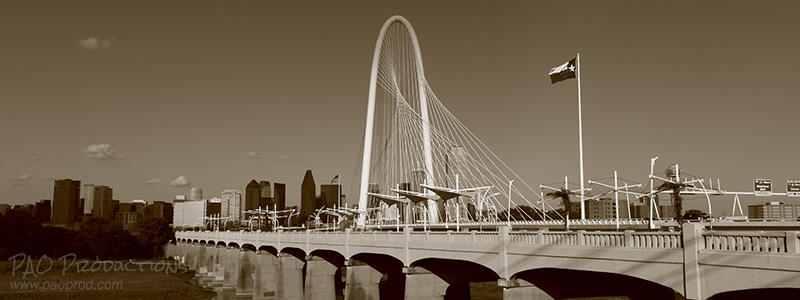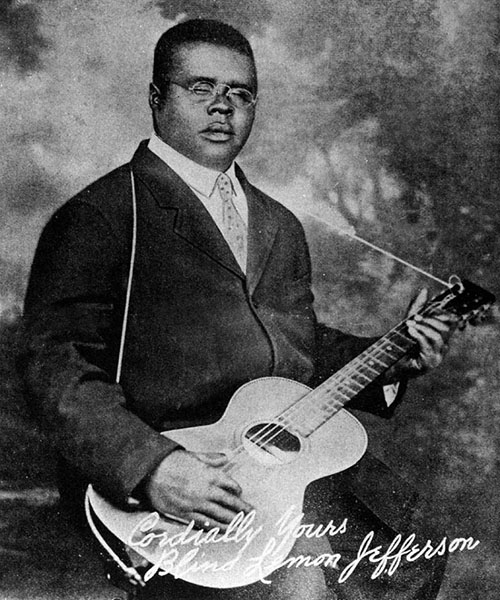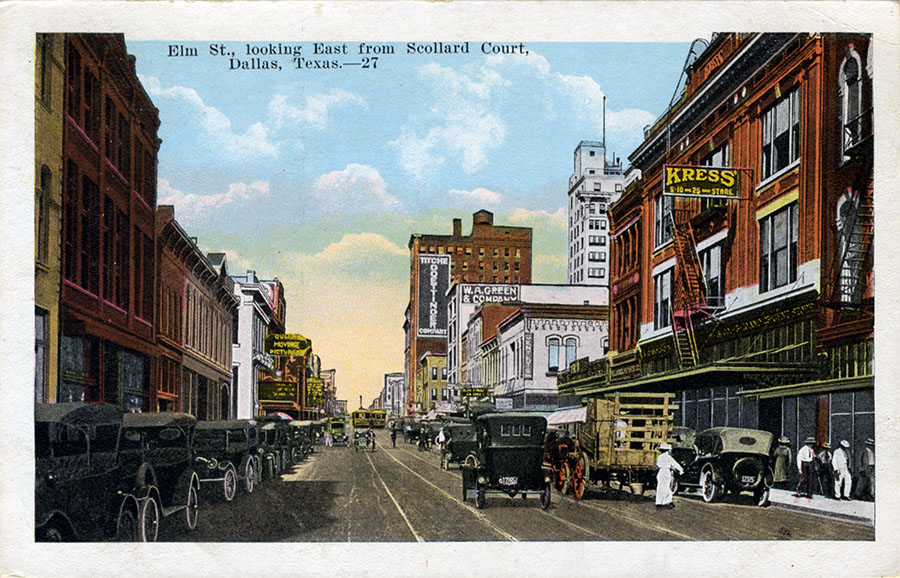
bookmark_borderSassy young lady

The adventures and various works of a photographer, road tripper, former patron of the local arts, aspiring app developer, and late night coffee drinker and conversationalist.



This first postcard, published by S.H. Kress & Co. around the early 1910s, shows Elm Street as it would have appeared circa 1911/1912. Kress was a five and dime chain of stores that once dotted the country, known for its distinctive architectural designs and, later, for its segregationist company policies. According to contemporary newspaper articles, the Kress store shown in the postcard was commissioned and built in 1911 for a cost of $38,000 (around $1.2 million in 2024 dollars). The Wilson Building, seen behind the W.A. Green & Company building, housed the Titche-Goettinger Department Store until the end of the 1920s. The vantage point of the artist is Scollard Court, or present-day Exchange Place, renamed to the latter following the 1916 construction of the Exchange National Bank. Today Exchange Place is little more than a narrow, alley-like walkway sandwiched between the one-time Exchange bank building and that of its rival Republic National Bank, long since christened "Money Alley" and designated as a historical landmark. Note the streetcar lines running down the center of Elm Street.
